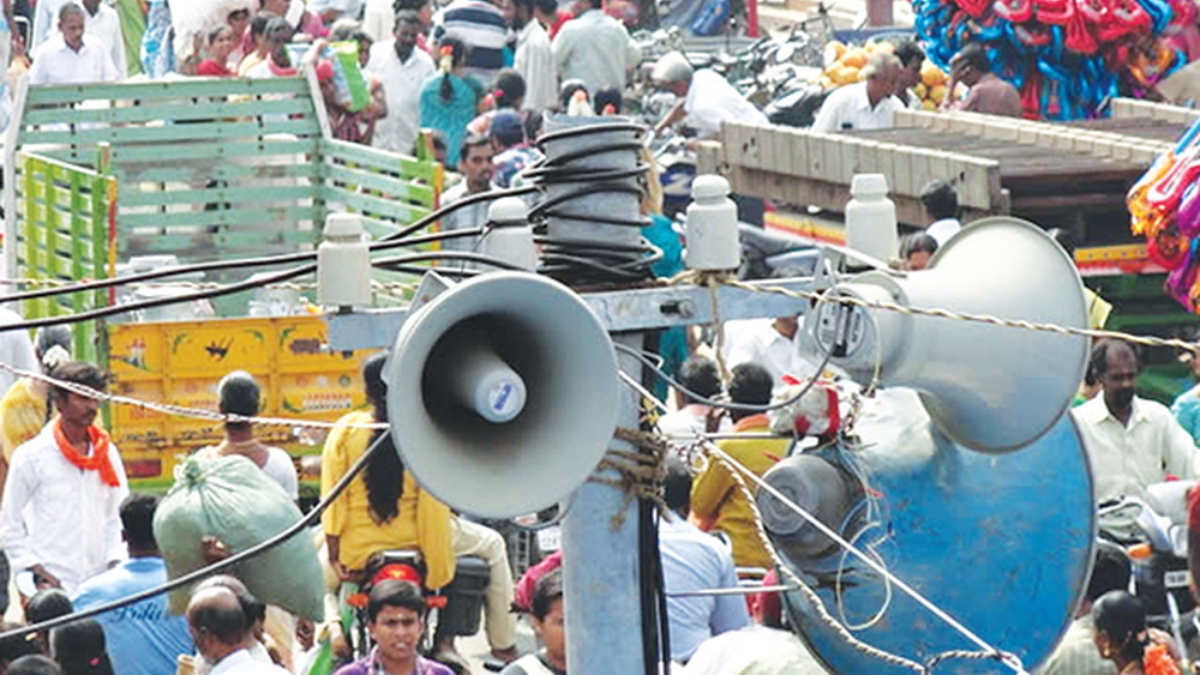“The festival of Diwali is mainly associated with pooja performed on the auspicious day and not with firecrackers. In no religious text book, it is written that Diwali has to be celebrated by bursting crackers. Diwali is considered as a festival of lights not of noises. Shelter in the name of religion cannot be sought for, for bursting firecrackers and that too at odd hours.”
And so without any reference to any text or calling for any evidence, in just a handful of lines, a Bench of the Supreme Court comprising the then Chief Justice of India Shri R.C.Lahoti and Justice Ashok Bhan concluded in 2005 in the landmark judgement of In Re Noise Pollution that there was no nexus between the bursting of firecrackers and Diwali/Deepawali. The judgement is mostly known for prescribing noise-level related ceiling for firecrackers, apart from proscribing the bursting of firecrackers between 10 p.m. and 6 a.m. What isn’t known as much is the fact that the very same judgement also issued directions with respect to the use of loudspeakers. It is an indication of the times we live in that noise created by firecrackers is a constant source of discussion, while loudspeakers are discussed in palpably hushed tones; I guess noise too has an identity in this country which decides the treatment it gets even in private conversations. One could paraphrase a popular adage about the law and say “show me the source of the noise and I’ll show you the rule”.
Coming back to firecrackers, while I do understand and agree with the need for their regulation from the standpoint of safety and pollution, I certainly believe that at the very least the sense of restraint and the respect for facts and evidence that Courts are expected to observe in secular (meaning non-religious) matters, they must equally extend to religious matters given that their words carry weight. This applies all the more since Indian Courts are ostensibly secular bodies and are, therefore, as institutions not trained in matters of theology or religion. As individuals, certain members of the system may be trained or may have an interest in or aptitude for such subjects, but from an institutional perspective, Courts are secular/non-religious organs. Such being the case, to hold forth with certitude on matters of ritual or celebration or religion or to draw from limited personal experience or knowledge goes against the nature of the forum and the measured role one is expected to perform when donning the institutional hat.
In fact, from a reading of the judgement, it appears that the nexus between bursting of firecrackers and Diwali was peremptorily denied merely because the submission was made on behalf firecracker manufacturers, which was no reason to deny the nexus. After all, it ought to have been tested on merits as the outcome has resulted in the denial of the religious beliefsof millions of members of Indic communities by the unreasoned and unsustainable conclusion of the highest Court of the land on a subject which isn’t its strong suit, and which the system isn’t institutionally designed to handle with expertise.
In my view, this judgement and its treatment of religious beliefs and traditions is perhaps not a one-off because there appears to be a marked tendency to approach religious beliefs, not all but select, with a certain sense of urban and elitist reductionism, which does injustice to the rights of those who put stock in such beliefs. I am not on “hurt sentiments” lest I be mistaken for being too sensitive, I am specifically on the perceptible impactof an elitist approach on the rights available under Article 25(1). Given that observations, let alone findings, of Constitutional Courts are widely reported by the media, and the symbiotic and cordial relationship that such observations and the media have enjoyed for some time now, it would seem prudent for Constitutional Courts to observe a measure of restraint when they comment on matters of religious importance. While Courts certainly don’t need to and must not pander to populism of any kind, discretion is always the better part of advocacy, even of the judicial kind. And discretion begets respect, which is the what, one suspects, the “majesty of the law” ultimately and truly rests on. Who knows, it may even obviate the need for the use of contempt powers at least in some respects.
J. Sai Deepak is an Advocate practising as an arguing counsel before the Supreme Court of India and the High Court of Delhi.







